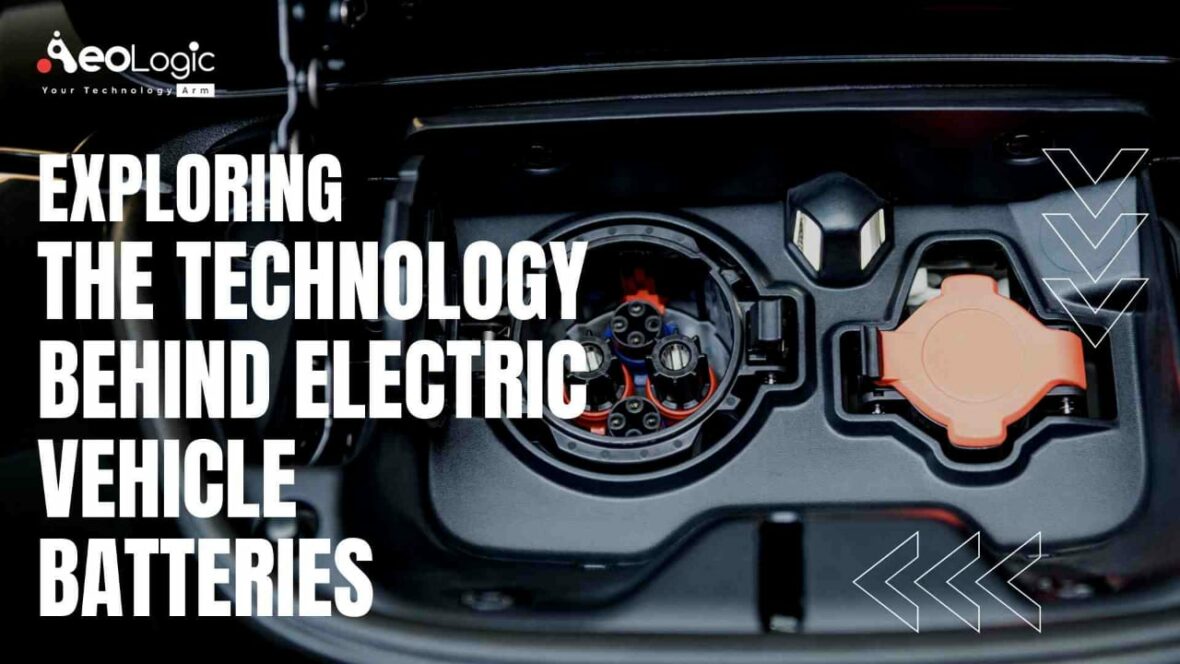The electric vehicle (EV) market has grown vastly in the last few years. As a result, several manufacturers are developing batteries to enhance the variety of their EVs. One of the essential features is technology in electric vehicle batteries. It is the parts of these batteries that are the anode material. With electric vehicles (EVs) being the future of transportation, it’s significant for companies to begin investing in research and development. Here’s an in-depth glance at the technologies in electric vehicle batteries and why this is such an exciting time for EVs.
Exploring the problem with Current Technology in Electric Vehicle Batteries
Automakers are creating huge factories to generate lithium-ion batteries, which are currently implemented in the majority of electric vehicles. Tesla is developing huge factories called Gigafactory in Texas, Nevada, and other states. Ford is expanding its manufacturing units in Tennessee and Kentucky. In Ohio and Tennessee, General Motors is building battery factories. The list could go on and on. However, companies are facing problems in collecting nickel and cobalt, which are crucial to manufacturing EV batteries. The geological block is the major reason behind this collection. As a result, the industry is looking to develop next-generation battery technology that is both faster to charge and cheaper. And the best part is there will be no more scarcity of raw materials in the region.
Also read: IoT Drone Technology Integration in Medical Logistics Delivery
The revenue growth of Electric Cars
Electric Vehicle sales in America accounted for just approximately 4% of total sales in 2021, which was a substantial increase. Since the world is transforming, vehicle manufacturers are preparing themselves for an electric future. According to our current EV trend investigation, EV investments increased by 41% between 2020 and 2021 and will surpass $330 billion between 2021 and 2025.
Between 2020 and 2025, GM and Volkswagen plan to invest $35 billion and $42 billion, respectively, in driverless and electrified vehicles. Jaguar and Volvo plan to market only electrified automobiles by 2025 and 2030. By 2035, GM plans to sell only electrified passenger vehicles.
Battery Technology Race
To be sure, the technology in electric vehicle batteries isn’t just about electric cars. Batteries power everything from laptops and smartphones to power drills. The utility sector itself is an increasing source of battery requirements.
However, there’s a reason why car companies shot to the lead in this race. According to Wood Mackenzie, energy research and consultancy firm, EVs make up 80% of lithium-ion battery demand.
Types Of Lithium-Ion Batteries
Lithium-ion batteries come in two major chemistries: nickel-cobalt-aluminum (or NCA, used by Tesla) and nickel-manganese-cobalt (NMC, used by other car manufacturers). Lithium is the mutual denominator.
These batteries offer high energy density, which enables battery-powered devices and vehicles to run longer before needing a recharge. However, they age quickly and can catch fire.
Lithium-Ion Vs. LFP Batteries
In the last year or so, a substitute for lithium-ion batteries took off as nickel and cobalt prices climbed.
Lithium iron or LFP batteries don’t use nickel or cobalt. In its place, they use iron and phosphate, which are abundant in the earth’s crust.
Tesla’s 4680 Battery
Technology in electric vehicle batteries carves the path for innovations. Tesla’s 4680 battery and CATL’s Kirin highlight the latest battery innovations.
Tesla’s cylindrical 4680 cell — named for its dimensions, 46 millimeters wide by 80 millimeters tall — is five times greater than its predecessors. Moreover, the 4680 cells implement an entirely new “tabless” design, which has created much excitement.
Future Of Battery Technology
Battery companies continue to discover alternatives to the dominant lithium-based chemistries. In recent, CATL discovered the first generation of its sodium-ion batteries for use across EVs and stationary storage, targeting a launch in 2023.
Although in its initial days, the sodium-ion battery keeps up well even in very cold climates and virtually removes the fire risk tied to lithium-ion batteries, CATL said.
Solid-State Batteries Could Replace Lithium-Ion
In addition, sodium-ion, solid-state battery technology could replace lithium-ion cells. Start-ups developing solid-state batteries call lithium-ion a legacy tech, reaching the limits of advances in energy density as the requirement for higher performance increases.
Solid-state batteries promise far greater energy density and quicker charging, along with lower fire risk. As a consequence, several auto giants invested in QuantumScape, SES, and SolidEnergy.
Also read: Automation Boosts Additive Manufacturing Production
Conclusion
Technology in electric vehicle batteries will change from time to time, upgrading itself. The race for the enhancement of electronic vehicle batteries is chemical. And day by day, companies are improving the effectiveness of batteries. The innovation process is fast. And that is also significant for the development of the world.
To know more about emerging technologies, please visit us at Aeologic Technologies.
FAQs
What type of technology is used in electric vehicles?
Lithium-ion and lithium-iron phosphate (or LFP) dominate the current EV battery environment. They have both advantages and disadvantages in terms of range, raw material prices, and more.
What is the reason behind using batteries for electric vehicles?
Lithium-ion batteries are currently incorporated in most electric vehicles because of their high energy per unit mass compared to other electrical energy storage systems. They also have high energy efficiency, high power-to-weight ratio, good high-temperature performance, and low self-discharge.






